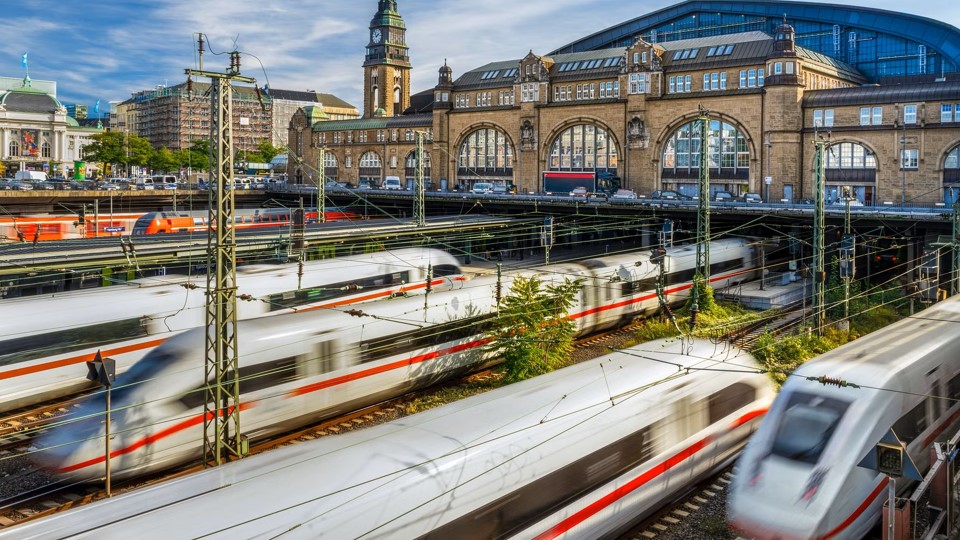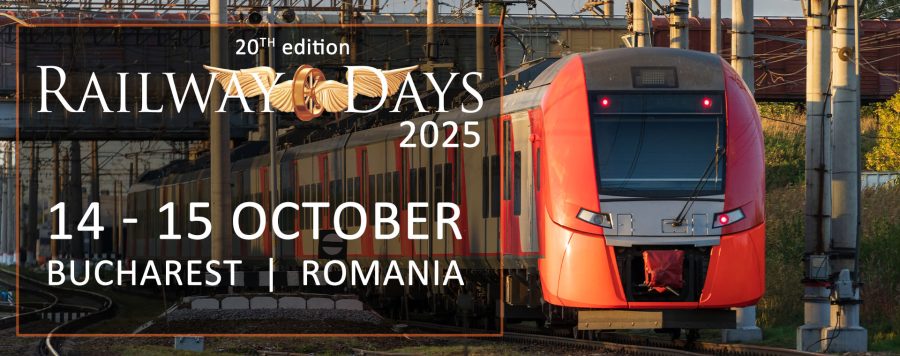
DB InfraGO awarded Hitachi Rail a contract for the comprehensive renewal of the control-command and signalling (CCS) between Paulinenaue and Schwanheide, on the Hamburg–Berlin rail line.
Hitachi Rail will deliver its CCS solution for the 200 km rail section as part of the heavily frequented high-speed corridor between the two cities.
Under the contract Hitachi Rail will be responsible for the renewal of all electronic interlocking subcentres and trackside equipment including the control and train protection system, power supply, indoor equipment and axle counting systems, minor track layout adjustments to increase efficiency in overall operation, the establishment of two new crossovers in Zernitz and Vietznitz and the renewal of the continuous automatic train control system (LZB) to continue to ensure maximum speeds of up to 230 km/h.
The journey time of the direct connection between Hamburg and Berlin will be sustained at around 90 minutes as well, a decisive factor for the attractiveness of the long distance rail passenger transport.
With state-of-the-art control technology based on the ESTW L90 system on the latest hardware platform, Hitachi Rail supplies a future-proof solution for one of Germany’s most important rail corridors.
“Our technological expertise allows DB to achieve its ambitious goals for the modernisation of infrastructure. This is not only a strategic step for railway in Germany but a contribution to strengthening the European high-speed network”, André Fritzsche, Project Manager at Hitachi Rail in Germany, said.
DB awarded the final contracts for the line’s rehabilitation in May, with main construction works scheduled to begin in August and expected to last for nine months. The works are anticipated to be completed in the spring of 2026.
The modernisation of Hamburg–Berlin rail line is embedded into the Germany’s general overhaul of selected high-performance corridors of Deutsche Bahn, a central project to implement the decarbonisation of transport and to increase the capacity on the rail network. At the same time, the project is part of the Trans-European Transport Network (TEN-T), which continues to drive the European integration in the rail transport forward.
Share on:



